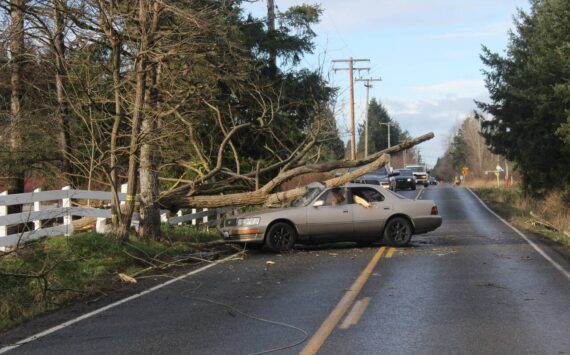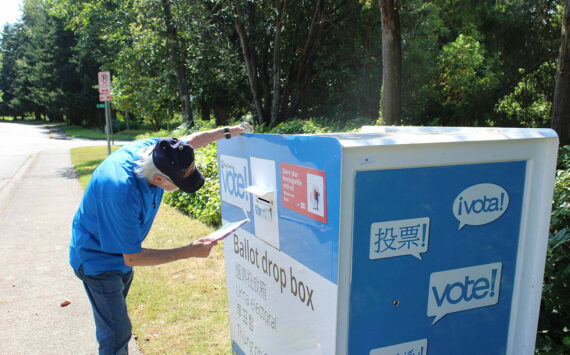We are starting to see the use of wireless data connectivity explode in pop-ularity worldwide, but our expectations drive us to want better and faster access. A faster and wider range for wireless may be just around the corner with a technology called WiMAX. Its promising long distance connection speeds in the range of 75 megabytes to over 250 megabytes per second.
Margaret LaBrecque is an enthusiastic advocate of WiMAX. She is president and chair of the WiMAX Forum (www.wimaxforum.org), as well as marketing manager of the Broadband Wireless Access Initiative at Intel Capital. She took a few minutes to share what WiMAX can do to help us at home and in business.
Q: What is WiMAX? Is this the next generation fixed point-to-point wireless?
LaBrecque: WiMAX is a new form of something thats been around for a while, which is broadband wireless access. In the U.S., we have pretty good coverage of cable and DSL. However, there are fewer wireless access points in the U.S. than in countries that have very poor wiring infrastructure. On our Website at www.wimaxforum.org you just have to look at our members and see they have deployments today of broadband wireless access in over 130 countries.WiMAX really serves as a wireless alternative to cable and DSL. In the developing companies its used for the local phone line when there is no copper infrastructure in place.
Q: What is the status of WiMAX in the U.S?
LaBrecque: In the United States there are over 2,500 wireless ISPs (Internet service providers) serving over 6,000 markets. I have a weekend house in Hood River, Oregon and I have broadband wireless access provided to me by my local ISPs. Im happy to say Ive done testing on it and my little program said I have T-1 level service.
Q: Whats the range of speed you can get with WiMAX?
LaBrecque: T-1 is a business class Internet connection, which means you get about 1.5 megabytes per second of average throughput. Now a WiMAX network can support up to 75 megabytes per second of shared bandwidth. For example, most cable networks, like the one in your neighborhood, supports up to 27 megabytes per second and people who are on the network have to share it. Thats why you dont like your neighbors downloading MP3s or streaming video all the time. Its the same thing with WiMAX. The capacity is pretty good at 75 megabytes per second. That kind of throughput can support 60 businesses with business-class broadband connectivity as well as hundreds of homes.
Q: What kind of receiver or device do you need to accept the signal from a WiMAX transmitter?
LaBrecque: When you subscribe to broadband wireless access, typically they mount an antenna on your roof or under your eave thats very similar to mounting a satellite dish.
Q: That sounds like a fixed wireless solution. Do you see the technology evolving into being more mobile?
LaBrecque: Yes.The satellite dish-style is more of a Phase 1. Phase 2, which we see coming very quickly, is to bring this subscriber station indoors. When you do that, you achieve self-install. In some cases, you may need a window-mount antenna to get the kind of connections you need. In Phase 3, we see WiMAX-certified PC cards in laptops. When you have it in laptops, you have portability.
Usually the next question is that if we can do that, why do we need Wi-Fi.Whenever you are portable and roaming a wide area network around town, your connection back to that WiMAX base station is not to be as good as the first two scenarios I mentioned: fixed-modem indoors or the outdoor installable subscriber station. The three usage models all work in conjunction. Its not like once you get WiMAX on a laptop, you no longer need a subscriber station. All these phases come out sequentially, but the first phase doesnt go way when you get WiMAX in a laptop.
Q: In the next 3 – 5 years, are we going to see WiMAX having a big impact on peoples speed accessing the Internet?
LaBrecque: Already today we are seeing WiMAX delivering broadband to areas that have had nothing until now or filling in gaps if the DSL connection doesnt reach or a business that is not zoned for residential and therefore often doesnt have cable. When you introduce what I call a third pipe, the expectation is that competition will be good for consumers.
To read more about WiMAX, visit online at www.wimaxforum.org. The full audio interview is available for listening anytime at WebTalkRadio.com.
Dana Greenlee is co-host/producer of the WebTalkGuys Radio Show, a Tacoma-based nationally syndicated radio and Webcast show featuring technology news and interviews.
WEBTALK RADIO SHOW
This Saturdays WebTalk Radio show guests include Rich Skrenta, CEO of Topix.net (www.topix.net), discussing online news aggregation. Also, Greg Jarboe, founder of SEO-PR.com, will share how search engine optimization and public relations can be used to promote a company online. WebTalk Radio is heard at 11 a.m. Saturday on KLAY-AM (1180) and 10 p.m. Tuesday on KVTI-FM (90.9).






